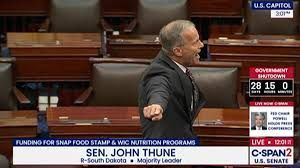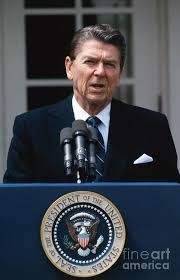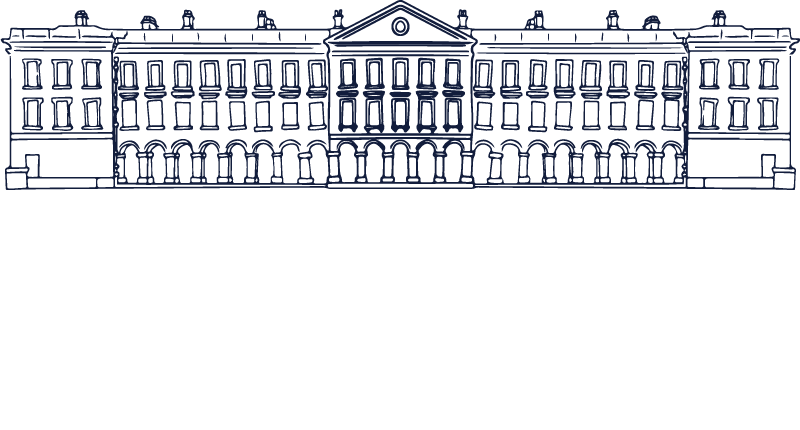Nib #2: Trump’s Talent for Audience Targeting
This week’s Nib is about a crucial aspect of persuasive writing that too many politicians and their staffers overlook: the audience.
Persuasive writing isn’t about what *you* want to say. It’s about how to get your reader or listener to agree with you. If you can answer “Who am I talking to?” and “What am I trying to persuade them of?” then problems like tone and word choice become much simpler.
At his best, Donald Trump — a salesman by nature and profession — excels at audience identification and targeting. Consider this excerpt from his victory speech Monday night after the Iowa Caucuses:
“We want a country of law and order. So we’re going to rebuild the capital of our country, Washington D.C. We’re gonna scrub those beautiful marble columns. And get the swastikas off them. And we’re gonna get the graffiti off them. And we’re gonna clean the streets. And we’re going to rebuild the streets. And we’re not gonna have rusted medians through the middle that are falling down into the roads where foreign dignitaries from all over the world come and they look.”
It doesn’t sound like brilliant rhetoric, right?
But: who are Donald Trump’s key 2024 audiences? To win in November, Trump needs to make inroads with two groups: (a) moderate Republicans, who agree with Trump on a lot of things but dislike *him*; and (b) moderate Democrats, who may also dislike Trump but feel let down by Biden and strongly dislike woke-ism.
See how Trump communicates to those two audiences in the excerpt above by infusing generic “law and order” messaging with specific personal and partisan energy.
That promise to “rebuild” Washington, D.C. is at once an olive branch to Republican voters still upset about January 6 *and* wizard-level trolling of the Left on the same point. Then with the line about “swastikas” and “graffiti,” Trump ties a general point about crime and public disorder to a specific charge against left-wing anti-Semitism and the urban Democrat politicians who tolerate it. Then he immediately pivots to “rusted medians” and “foreign dignitaries,” layering on top of his attack against Democrats’ incompetence and bigotry an additional indictment on *infrastructural decay* and *national ignominy.*
Few “DC People” on either side of the aisle would find this persuasive. But it’s not meant for them. Trump is talking to affluent suburban Republicans upset about January 6 and crime, and he’s talking to middle class Democrats upset about crime, woke extremism, and government competence.
In a few dozen straightforward words, in language neutral enough to that, like a dog whistle, only his audience will notice, Trump puts lead on all his targets and trolls his haters — always a bonus for him. Like Trump or not, this is layered, subtle, sophisticated persuasion here, and writers and pols on both sides of the aisle would do well to understand why.
Until next week… keep writing!











